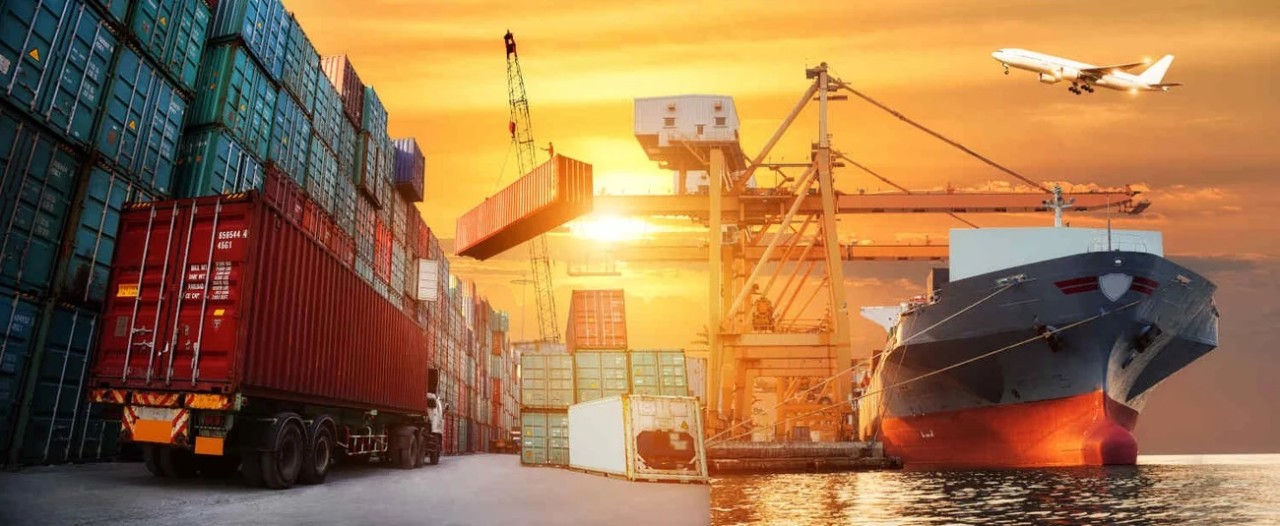Seafaring Finances: A Deep Dive into Global Trade Finance
Embarking on the vast seas of international commerce requires more than just a compass; it demands a sophisticated understanding of global trade finance. From facilitating transactions to mitigating risks, let’s navigate the intricate waters of financial strategies that underpin the dynamic realm of global trade.
Essentials of Global Trade Finance: Transactions Across Borders
Explore the essentials of global trade finance at rockawayuppercrust.com. At its core, global trade finance is the financial infrastructure that supports the exchange of goods and services between nations. It involves a myriad of transactions, from import and export financing to documentary credit and trade insurance. These financial instruments grease the wheels of international trade, ensuring a smooth flow of goods across borders.
Letter of Credit: Securing Transactions Across Continents
A beacon in the world of global trade finance is the letter of credit. It’s a financial tool that provides a secure payment mechanism for international transactions. By involving banks as intermediaries, the letter of credit ensures that both the buyer and the seller can engage in trade with confidence, knowing that payment will be made upon the fulfillment of agreed-upon terms.
Trade Finance Instruments: From Bills of Lading to Forfaiting
In the symphony of global trade, various financial instruments harmonize to facilitate transactions. Bills of lading, for instance, serve as receipts for shipped goods, while forfaiting involves the purchase of trade receivables at a discount. Each instrument plays a unique role, contributing to the overall efficiency and security of financial operations in the global trade arena.
Currency Risk Management: Navigating Exchange Rate Volatility
Currencies fluctuate like ocean waves, and global traders must adeptly navigate these fluctuations. Currency risk management in global trade finance involves strategies to mitigate the impact of exchange rate volatility. Forward contracts, options, and currency swaps are tools in the financial sailor’s kit, helping businesses safeguard their profits in the face of unpredictable currency movements.
Export Credit Insurance: Shielding Against Commercial Risks
The unpredictable nature of global trade introduces commercial risks, from non-payment to political instability in buyer countries. Export credit insurance acts as a protective shield, providing coverage against these risks. It empowers exporters to explore new markets with confidence, knowing that they have a financial safety net in place.
Supply Chain Financing: Streamlining the Flow of Capital
In the intricate tapestry of global trade, supply chains stretch across continents. Supply chain financing aims to optimize the flow of capital within these networks. By providing financing solutions to suppliers and buyers at different points in the supply chain, this approach enhances liquidity, reduces working capital cycles, and fosters smoother trade transactions.
Technology Integration: The Digital Evolution of Global Trade Finance
The winds of change are blowing through global trade finance, ushering in a digital revolution. From blockchain to electronic bills of lading, technology is transforming the traditional landscape. These innovations enhance transparency, reduce paperwork, and expedite the entire trade finance process, making global transactions more efficient and secure.
Compliance and Regulatory Landscape: Charting the Legal Waters
Global trade finance is not without its legal considerations. Navigating the complex regulatory landscape is crucial for businesses engaged in international trade. Compliance with international trade laws, sanctions, and trade finance regulations is essential to avoid legal pitfalls and ensure the smooth sailing of financial operations.
Sustainable Trade Finance: Charting a Course for the Future
As global awareness of environmental and social issues grows, sustainable trade finance is emerging as a vital consideration. It involves integrating environmental, social, and governance (ESG) criteria into trade finance decisions. This approach not only aligns with ethical values but also positions businesses to thrive in a world where sustainability is an increasingly important aspect of global trade.
Global Trade Finance: A Compass for Economic Growth
In conclusion, global trade finance is the compass that guides nations and businesses through the intricate waters of international commerce. From securing transactions to managing risks and embracing technological advancements, the strategies employed in global trade finance are the wind in the sails of economic growth and global prosperity.
